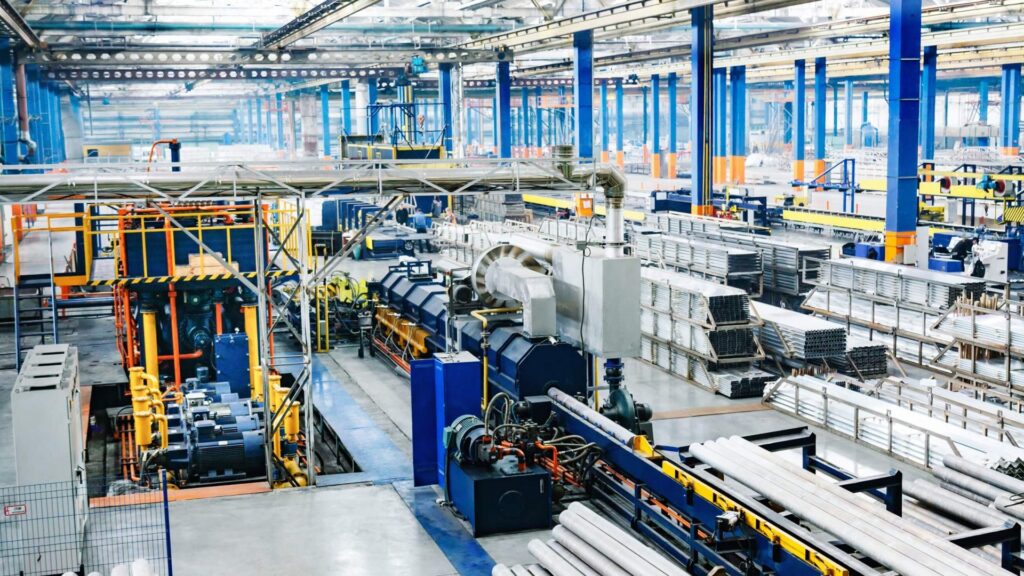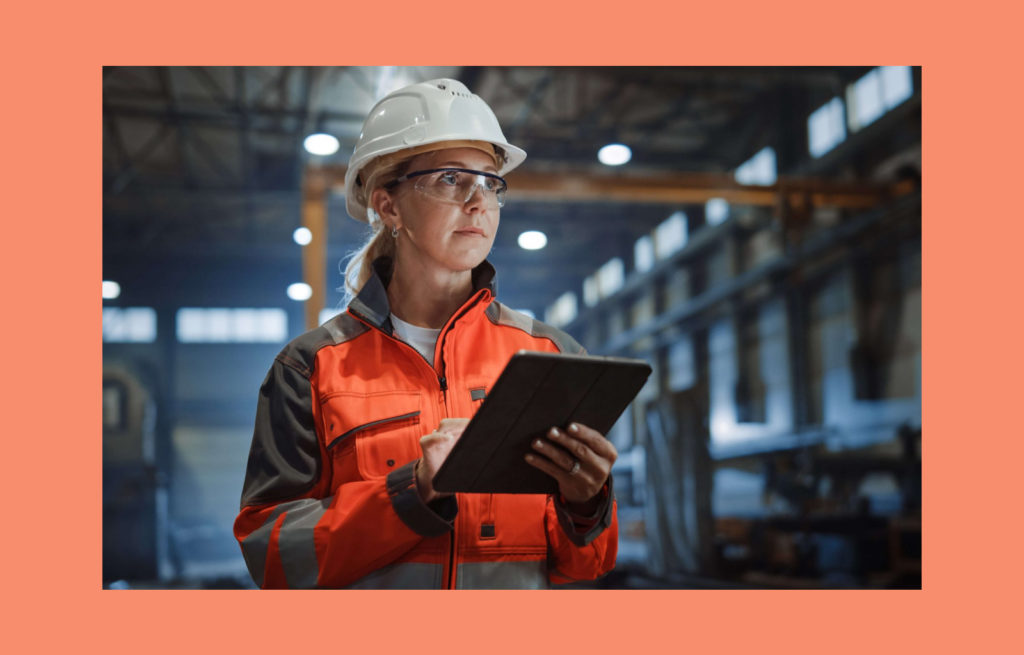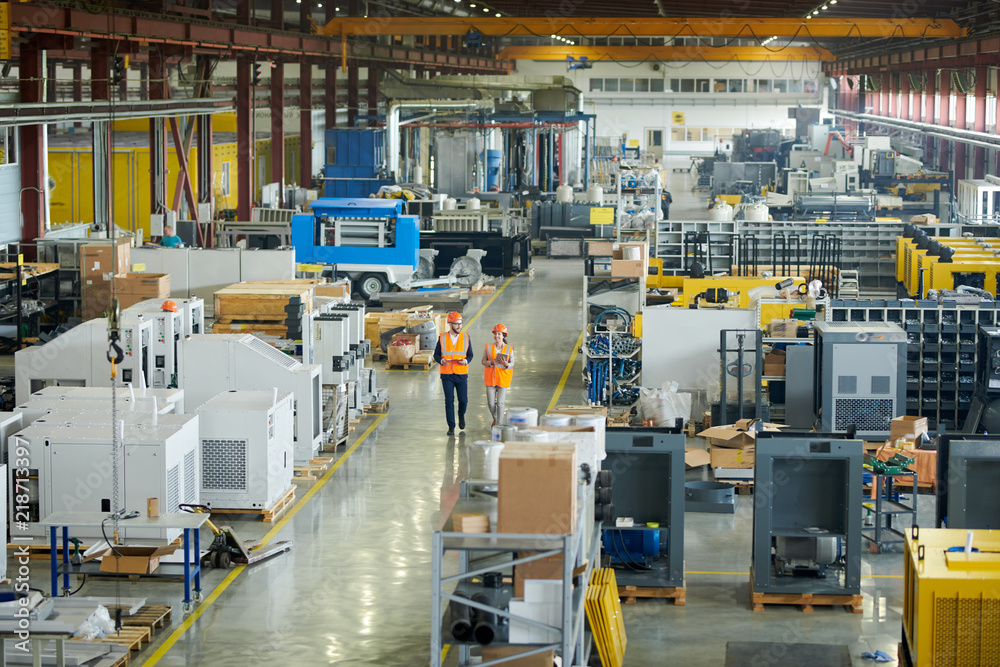IoT hub use cases: a solution for smart cooling control, better fleet management, real-time simulations and more
Thanks to IoT hub, businesses across various industries can benefit from insights based on data collected from interconnected devices. These insights can be used for process improvements, better resource management, performance optimisation, monitoring various activities and many more.
In this article, we’d like to share with you specific examples of using IoT hubs in different industries, among which are projects we’ve worked on for our clients.
If you want to learn how an IoT hub works, first read this article: IoT hub – what it is and how to incorporate it in your IoT system
Cooling control
Cooling control and remote temperature monitoring solutions are usually used in shops or warehouses, which need to keep the temperature down at a certain level. An increase in temperature, even by half a degree, may cause the goods to spoil or not fit the quality standards. A similar scenario applies to labs, where the quality of samples and compounds also depends on the right temperature in which they are stored.
An IoT-based cooling control allows for monitoring the temperature 24/7. The data is sent to the cloud and if any malfunction or change in temperature is detected, a warning is issued immediately. For example, in a case of a power outage, an automatic alert is sent to notify a client about the problem, so they can take quick action and secure the products or turn on an emergency power source. It’s also possible to set up an automatic action in response to certain events, for example, to automatically decrease the temperature when it exceeds a certain level.
Fleet management
Delays in supply chain operations are the worst nightmare for every transportation and logistics company. Thanks to an IoT hub solution, such a scenario can be avoided.
IoT Fleet Management systems allow tracking vehicles using GPS data. The collected information can be used to check if a driver follows the set route. Also, fleet managers can keep track of delays and change vehicle’s route, for example, if there’s traffic congestion ahead. Gathered data helps in better route planning and thus improves productivity.
What is more, IoT sensors gather real-time data about a vehicle’s technical state. Based on it, the system can diagnose mechanical issues and notify fleet managers when preventive maintenance is needed, so it can be done in advance, excluding the risk of car failure on the road.
Additionally, by analysing the collected data, transportation companies get a clear picture of specific areas that could be improved. Insights on vehicle idling or fuel usage trends can help optimise costs and increase operational efficiency.
Digital twin
A digital twin is a virtual 1:1 representation of a physical object. It can be used to run simulations for training purposes, examine performance problems and generate valuable insights, for example, on product improvements. The observations and conclusions can be then applied to the original object.
How exactly does a digital twin work? In general, the physical object has sensors attached to it that gather specific data, for example, related to the object’s performance. The data collected through an IoT hub is then applied to a digital copy, which is ready to perform simulations.
An interesting example of using a digital twin to gather insights enabling predictive analytics is Smart City Analytics, a project our team helped develop for Talent Alpha. It was based on a digital twin of one of the largest cities in the world. Together with the client, we put the focus on developing a predictive capability to the system related to public transportation. We aimed at
- predicting bus passenger movements using travel card data
- and the time of bus arrival at specific stops using live bus movement data.
If you’re curious how we approached the development of a tailored machine learning model, read this case study: Smart City Analytics with Talent Alpha
Digital twin technology can also be combined with mixed reality. A person, for example, an electrician, can see a virtualised version of an electrical installation through mixed reality goggles or headset, like Microsoft HoloLens. They can see where the cables are without the need to use an electric wire detector. They can also check all key parameters without specialised equipment, as all data is collected in the IoT hub in real time and displayed right before their eyes through the mixed reality headset.
Predictive maintenance and quality control
IoT hub is a foundation of Industry 4.0. It helps reduce waste, improve quality management and cut down machine downtime and maintenance costs. Sensors placed in the machines gather data about their technical state. By analysing that data, the lifespan of crucial parts can now be predicted, so they can be replaced before a failure. Predictive maintenance allows manufacturers to cut down the costs of routine maintenance, which may not always be necessary, as well as reduce the risk of production delays caused by unexpected failures.
IoT is also widely used to make quality management more efficient. The long-time way for quality assurance has simply been human visual inspection. However, given the repetitiveness of the process, this method has a high risk of error and is not efficient enough in modern production processes.
IoT, together with AI, advanced optics and sensors, is a more accurate, automated way to ensure no faulty product comes off the production line. Based on data collected from cameras and sensors through an IoT hub, AI software learns to distinguish between good and faulty products. When the machine vision system determines that a product had a defect, it’s removed from the production line. The data about each defective product is communicated through network to control systems and further to operations and performance improvements.
Boost performance, improve quality management and automate your processes with end-to-end Industry 4.0 solutions
We have the best-in-class AI, ML and cloud specialists, experienced in designing and building IoT hubs, digital twins, cloud connectivity, M2M communication modules and more. We’ll support you in building an IoT solution at all stages: from embedded systems, through connectivity and data analysis to enterprise software.
See our offering for Industry 4.0 >>
About the author
Embark on your digital automation journey with us. Reach out to our experts to discuss your needs.
RECOMMENDED ARTICLES




